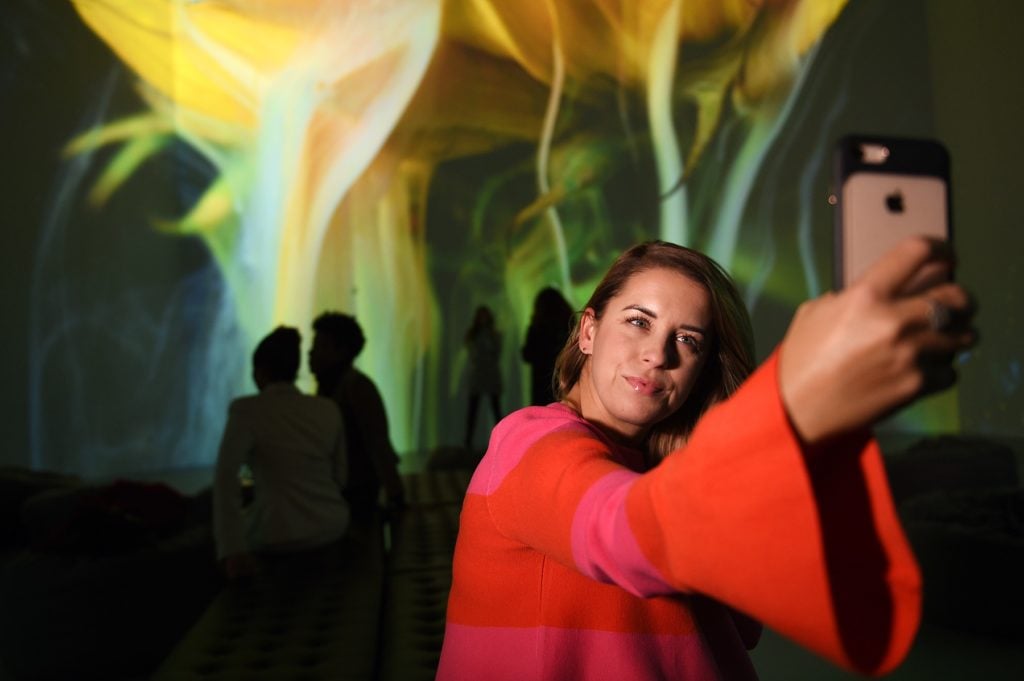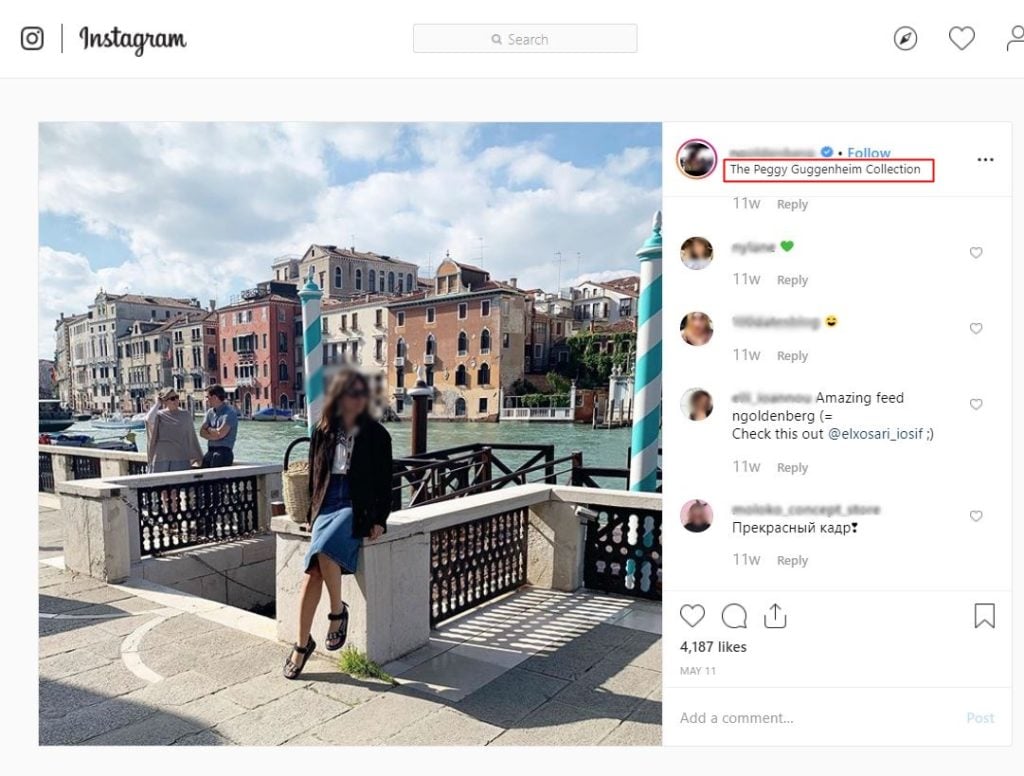Law & Politics
A Burglary Ring Used Social Media to Target Wealthy Art Collectors. Should You Think Twice Before Posting Your Picasso?
In the wake of a bust of a Houston crime ring, a security expert explains how to avoid making yourself a target.

In the wake of a bust of a Houston crime ring, a security expert explains how to avoid making yourself a target.

Sarah Cascone

Police in Houston have nabbed the perpetrators of a burglary ring that orchestrated the theft of valuable artworks worth hundreds of thousands of dollars. Authorities believe that those responsible for the robberies, which also included jewelry, computers, and guns, were using social media to identify and target their victims—an increasingly common tactic for sophisticated criminals in the internet age.
“It’s certainly a widespread problem, and media coverage has highlighted the extent to which is this is a growing trend,” said Jordan Arnold, executive managing director and head of private client services and strategic risk and security practices at K2 Intelligence, a New York- and Los Angeles-based corporate investigations firm, in an email to artnet News.
At least seven individuals have been arrested in connection with the Houston crimes, according to the local ABC affiliate. “Some of the suspects are people involved in the burglary itself, others are involved in storing the stolen property, and others are involved in selling the stolen property,” said a Houston Police Department representative during a press conference last week.
The victims are believed to include Houston mayoral candidate Tony Buzbee, whose home was robbed by art thieves in February. He is offering a $50,000 reward for information leading to the return of his stolen art. According to a 2018 article from the Houston Chronicle about an art gala Buzbee had hosted at his home, his collection includes Andy Warhol’s Birth of Venus (After Botticelli) (1984), as well as works by Picasso and Monet. (“Even the security hire couldn’t resist snapping photos of two Monets just outside the formal dining room,” the article enthused.)
K2’s Arnold advises people with artwork, jewelry, cars, and other valuable collectibles to be mindful of what they make public on social media, though given the pervasiveness of social media in today’s world, that can be something of a challenge. “We have many clients who rely on social media for branding and marketing themselves and their businesses,” he acknowledged. “It’s really about striking the right balance between lifestyle and risk.”

A visitor from Leesburg, VA, takes a selfie with her iPhone while visiting the Artechouse, in Washington, D.C., November 8, 2017. Photo courtesy Astrid Riecken For The Washington Post via Getty Images.
Even if you aren’t sharing photos of your shiny new Jeff Koons on the internet, thieves are able to identify high net worth targets based on their social media presence. “Our clients by and large are incredibly discreet when it comes to their private collections,” said Arnold. “They may not be posting about acquiring a painting or a collectible car, but anyone who spends a few minutes perusing their account will quickly understand that is a person of means. The presumption is that there are going to be valuables in their home.”
He warns that online directories can make it easy for would-be thieves to track down exactly where a potential victim lives: “A criminal can match your social media post with online Whitepages-type database to very quickly figure out how to get to your front door.”
While all those glamorous shots of your summer vacation may induce envy among followers stuck in the office, they also are an easy way for criminals to confirm that you’re out of town. (According to police, this is exactly what happened in the case of the Houston burglary ring.)
“It used to be that maybe thieves would have to drive by a house for days on end to see if the lights were off,” said Arnold. “Now they can just go on social media to confirm that the homeowners are on the other side of the world.”
One way to protect yourself is to post on delay, only sharing those poolside pics once you’ve returned to the comfort of your own home.
In general, Arnold warns against geo-tagging photographs to a specific location. Public location data leaves you vulnerable not just to revealing when you are not at home, but also to exposing your location to anyone trying to stalk you in person.

Screenshot of an Instagram post, geotagged with the Peggy Guggenheim Collection in Venice.
Of course, even before Instagram, criminals were still able to identify people who they could reasonably expect would keep valuables in their homes. Social media has just added another tool to their toolbox. “On the West Coast, you’ve had a lot of folks from professional sports and Hollywood being targeted by crime rings,” Arnold explained. “There are criminals who are going to work every day, trying to find new victims.”
For art collectors looking to protect their holdings, one major step to take is installing a state-of-the-art security system. Older security systems often provide fuzzy, grainy images that provide little assistance to law enforcement in the event of a burglary.
“We often find that a home belonging to a high net worth family has not had their security system updated in 10, 15, even 20 years. That’s a major problem if there are valuables in the home, to say nothing of the risk to life and limb,” said Arnold. “Make sure you have a modern, robust security system that works, that is going to provide the appropriate deterrent, that is going to provide detection, and that is going to provide evidence if a break-in occurs.”